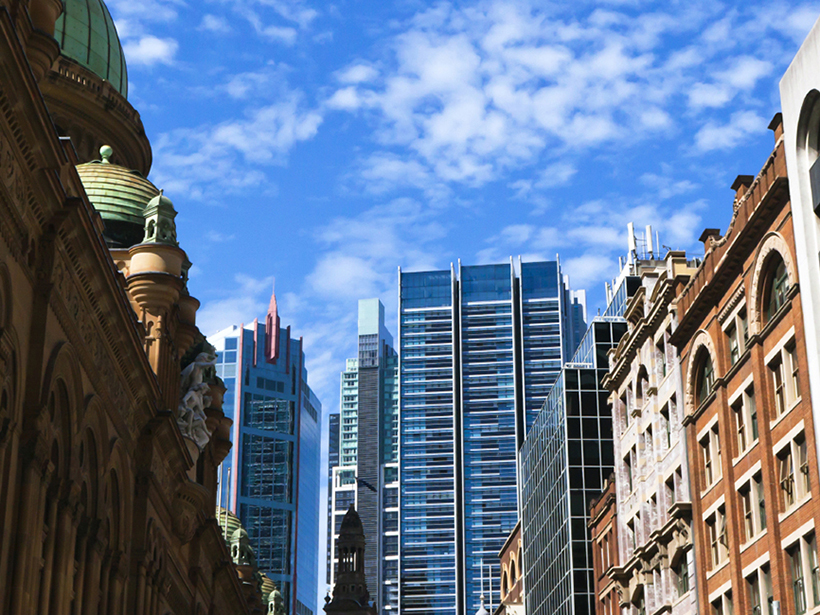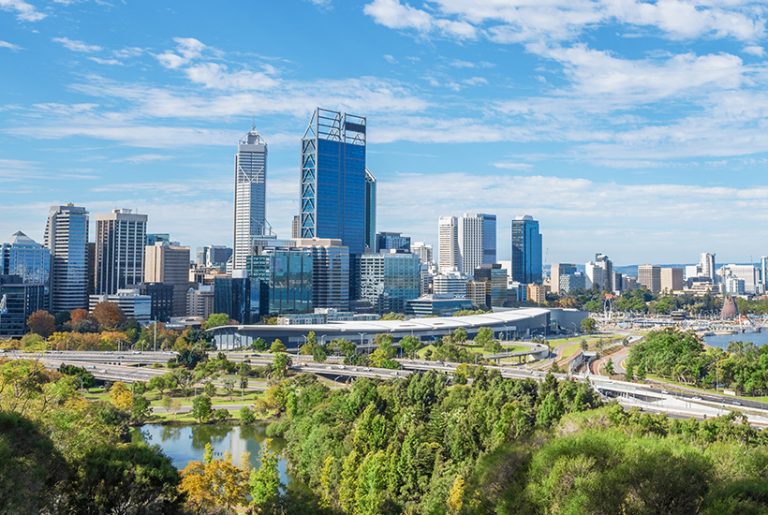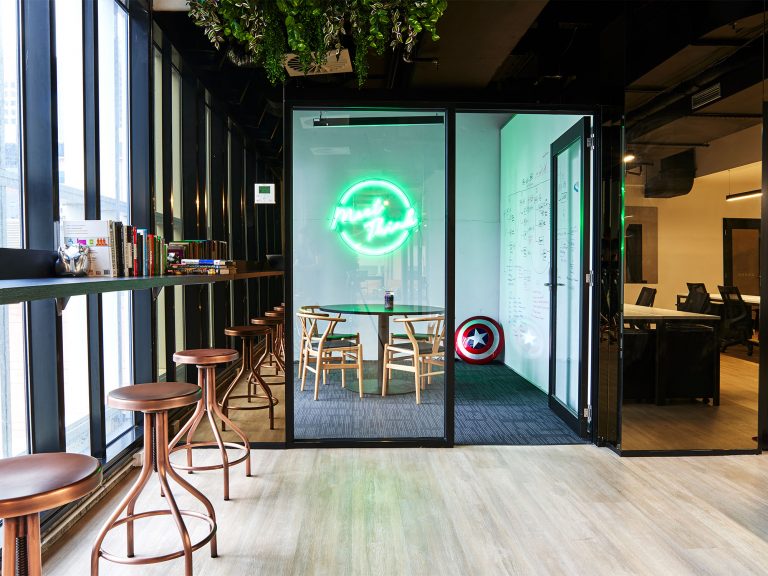Office vacancy rates hit 10-year lows

Office vacancy rates in Sydney and Melbourne have hit a 10-year low, with the workspace boom sparking surging CBD rents, according to Savills Australia.
The two largest Australian office markets saw the number of empty offices decline in the first half of 2018 after hitting the lowest vacancy level since the Global Financial Crisis.
In Melbourne, the limited supply and high demand resulted in CBD rent rises in the past 12 to 18 months.
Commercial Insights: Subscribe to receive the latest news and updates
Meanwhile, in Sydney rental growth hit record highs across all grades, mainly fuelled by tech and IT firms and co-working providers vying for room in the city centre.
The office leasing activity in the two major cities is in stark contrast to other Australian office markets with some precincts reporting empty office towers and stagnant rental growth over the past decade.
However, Savills Director for Capital Strategy and Research Shrabastee Mallik says the resource-reliant Perth and Brisbane CBD markets are showing signs of life after the mining downturn.

Brisbane’s office leasing market is performing strongly.
“A renewal in economic growth globally in 2017 saw a renewal in demand for Australian resources and subsequent rises in commodity prices, leading to significant growth in corporate profits, particularly in the mining sector,” Mallik says.
“We are now seeing this having a positive effect on the previously struggling Perth and Brisbane office markets, with subsequent falls in vacancy rates.”
“Low rents and high incentives in Perth and Brisbane are providing the impetus for businesses to acquire space in the CBDs, with recentralisation likely to be a key theme in the short to medium term.”
The Western Australian economy has been improving and resource tenants have begun returning to the CBD, Savills Director for Office Leasing in Perth, Shelley Ritter.
She predicts vacancy rates could fall “much faster than the market anticipates” in the coming years.
“Some of the state’s biggest and best-known mining producers have announced commitments to new projects, and investment in emerging sectors such as lithium is rising,” Ritter says.
“These companies will play a significant role in office take-up for the next three to five years, with indirect organic demand expected to be created on the back of this from other industries, such as finance, legal, property and business services.”
We are now seeing this having a positive effect on the previously struggling Perth and Brisbane office markets, with subsequent falls in vacancy rates
In Brisbane, rates dropped in 2018, after spiking in 2017.
The increasing demand from tenants in the insurance and financial sectors has helped bring the CBD office market in line with business hubs on the city fringe.
In South Australia, the trend of falling vacancy rates is not being matched.
Adelaide’s CBD appears to be in a holding pattern, according to Director for Office Leasing in Adelaide, Adam Hartley.
However, he is tipping a shift in the technical vacancy rate in the second half of the year.
In the capital, Canberra’s office market continues to offer stable rental growth due to the strong government sector presence.
Savills Australia data shows average net face rents for Canberra’s A-grade assets grew 2.8% throughout the 12 months to June 2018, largely in line with the 10-year Compound Annual Growth Rate (CAGR) of 1.95% per annum.







